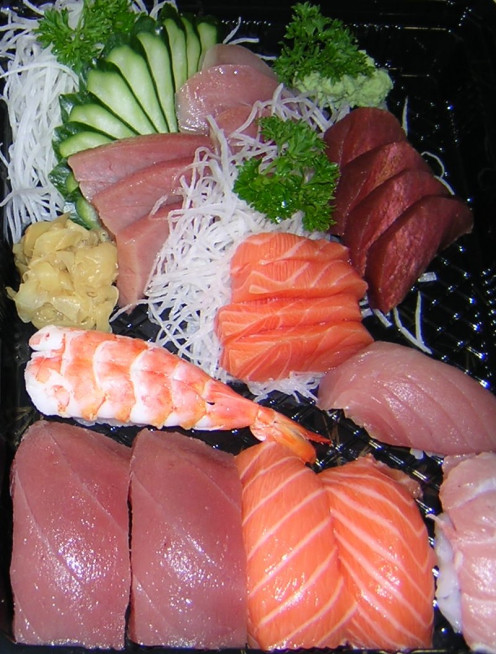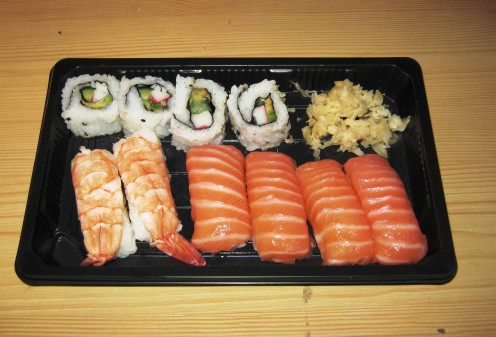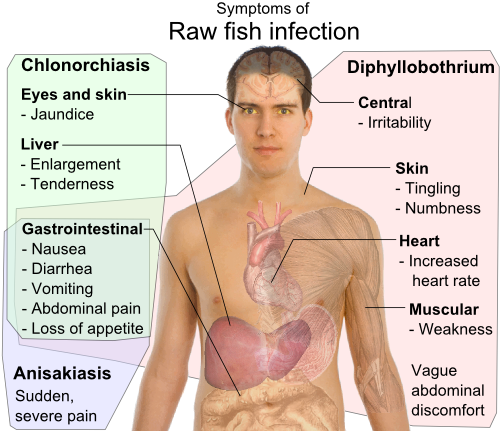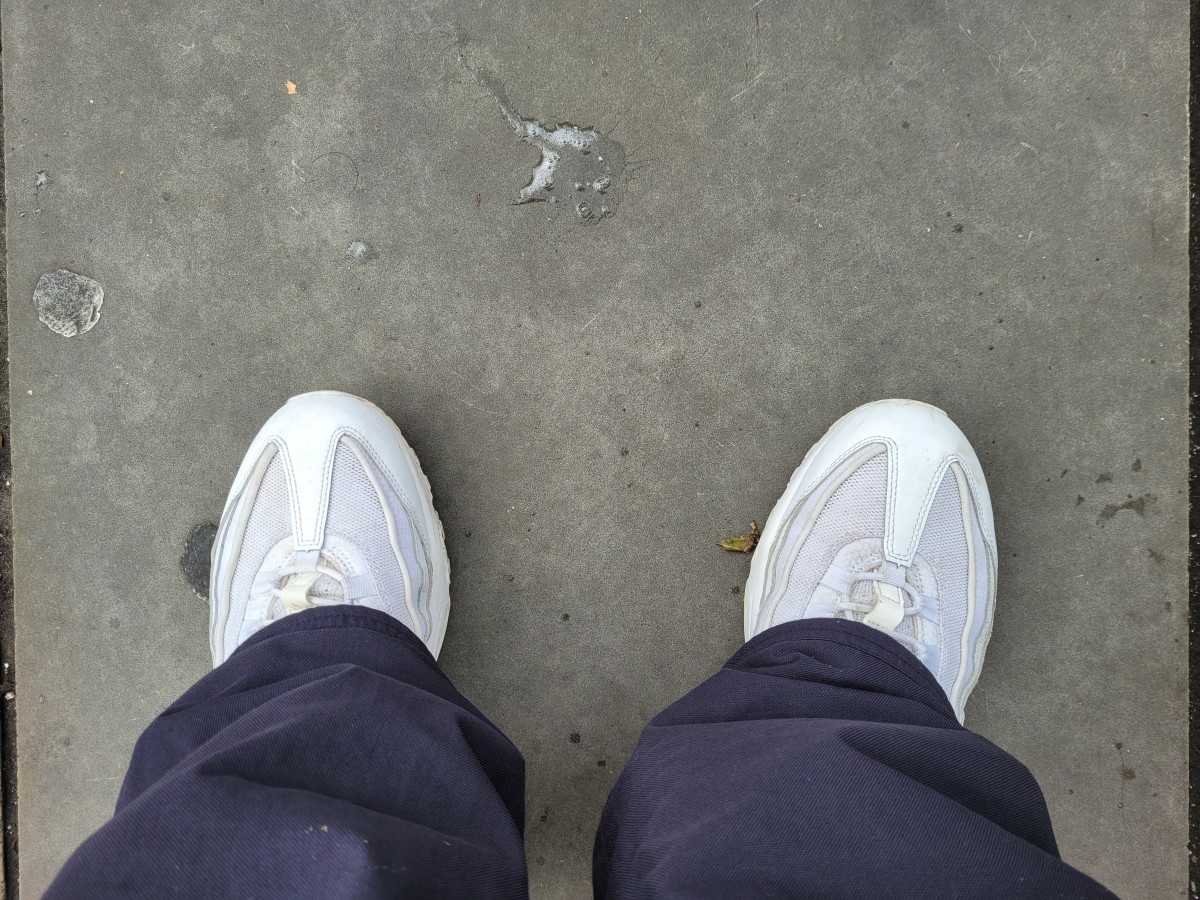Eating Raw Fish in Sushi-Is it Safe?
How Safe is Eating Raw Sushi?
Sushi contains raw fish rolled and served on a small bed of rice. Sushi can contain cooked fish, as well. Sushi has been popular in America for a few decades, and is popular in sushi bars and restaurants. Sushi is available at the local supermarket. Sushi contains either raw or cooked fish, and most people associate sushi as raw fish in a roll. The Food and Drug Administration (FDA) has set regulations for handling and preparation of sushi, after people started getting sick.The FDA requires that the raw fish that is in sushi is to be frozen and must remain frozen for up to seven days at a temperature of -4 degrees Fahrenheit (-20 degrees C), or frozen in a blast freezer at -31 degrees Fahrenheit (-35 degrees C) for 15 days. Raw fish that is used for sushi must be kept frozen to kill off all of the organisms that can cause disease. Fish are known to carry diseases, so care must be taken to ensure that the raw fish in sushi is safe to eat. Cooked fish is the safest to eat. Bad sushi should be avoided.
Sushi Police to Fight Bad Sushi
Sushi and Sashimi

Sushi

Raw Fish and Bad Sushi
Raw sushi (Bad Sushi) may contain diseases that can infect people, who eat raw sushi. If sushi isn't handled or prepared properly there could be some health risks like organisms that cause disease, bacteria, and some fish contain natural toxins. Parasites (worms) infest fish like salmon, herring and cod.The worms can make people ill. The symptoms depend on the type of worm that was ingested, and symptoms can range from nausea, cramps, diarrhea to severe inflammation in the abdomen and pain. These symptoms can appear within an hour of eating raw sushi. Raw fish can contain parasites like tapeworms, flukes, and flatworms, or even a parasite that is a roundworm (Anisakis Simplex). If this roundworm is swallowed it can tickle the throat and cause a cough or may be vomited up. It may burrow into the lining of the stomach or gut and cause inflammation and pain in the abdomen. This type of roundworm is dangerous, and it is difficult to get rid of the worm. The roundworm may have to be removed by using an endoscope or surgery. Parasite infection is rare in raw fish, but the tapeworm, fluke, and roundworm are the most common parasites that are found in raw fish. People are at risk of parasites and other diseases by eating bad sushi.
How to Eat Raw Sushi Safely
Sushi restaurants are required by the FDA to take certain steps in handling and preparing their fish, and to freeze the raw fish according to the regulations set by the FDA. There have been restaurants that have failed to follow these regulations. When going to a sushi restaurant always make sure that the restaurant is reputable and clean. Its a good idea to ask the chef questions about the raw fish being served in sushi, and to ask if the fish was previously frozen. Its a good idea to know what your getting, just to be safe.
The FDA recommends fish from the mid-ocean like yellow-fin tuna, which is supposed to have a low risk of parasites, and processed varieties like smoke salmon. The rice in sushi can make people ill. Typically, rice in sushi is made with vinegar, in order, to make it safe to eat. If rice is left out for too long in room air temperature it can develop bacteria that can make people ill. The bacteria is called Bacillus Cereus. When rice is acidified to a pH level of 4.2, the bacteria are not able to germinate.
When making sushi at home only use "sushi grade" or "sashimi grade" sushi. The two terms mean that the raw fish has been commercially frozen according to FDA regulations. Home freezers are not able to reach the low temperatures that are required to freeze raw fish used in sushi like commercial freezers. Sushi should never be stored in the refrigerator longer than 24 hours if its raw; it should be used as soon as possible. Sushi that doesn't smell or look right should be thrown out. Fish that is cooked thoroughly is the safest. No food is completely safe.
Parasite Infection is Rare in Raw Fish

People Who Should Avoid Eating Sushi
People, who should avoid eating raw sushi are: pregnant women, the young, the eldery, and people with comprised immune systems. Women, who are pregnant or are going to become pregnant should visit the National Resources Defense Council's website to find a list of the types of sushi that are safe to eat. The young, elderly, the compromised immunized, and anyone with a chronic illness should avoid raw seafood. High levels of mercury have been found in tuna fish. Bad sushi should be avoided for good health.




